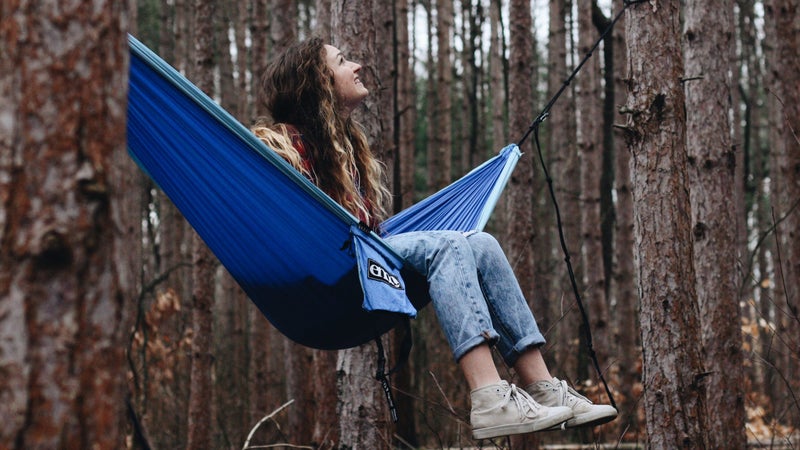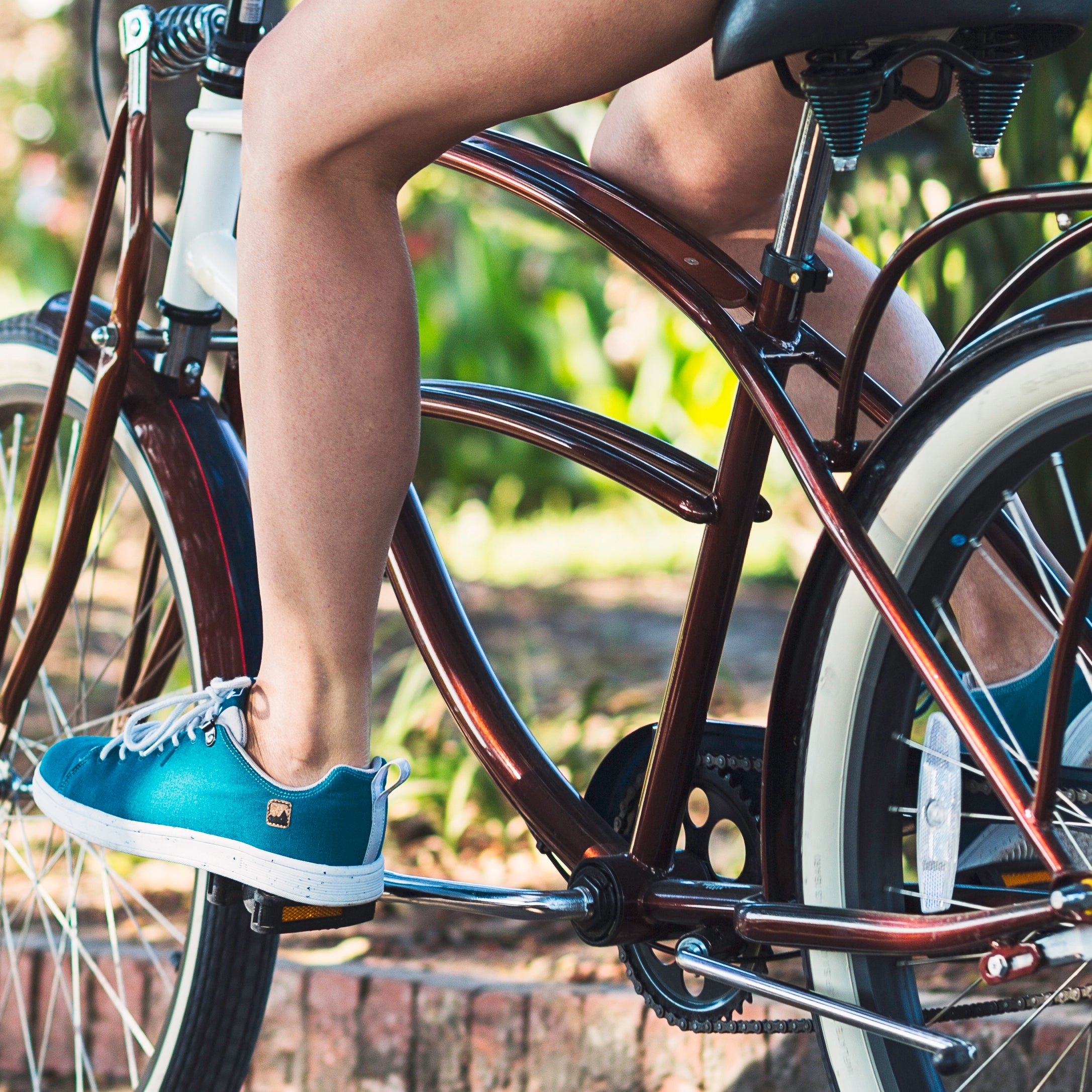“We’re nothing like Toms,” says Maro LaBlance, the U.S. representative of a new company called Saola that’s making environmentally friendly sneakers. But during focus groups and other meetings where she has introduced her startup, LaBlance heard plenty of the T-word. “Toms is not about sustainable manufacturing,” she says. “Yes, they give back, but their project is humanitarian, not environmental.”
The distinction is lost on some shoppers, for whom Toms has become the gold standard of do-good footwear. That company’s founder, Blake Mycoskie, noticed during his travels in Argentina that many kids lacked shoes. To solve that problem, he launched Toms in 2006: its one-for-one principle translates each Toms sale into a pair of shoes for a needy child. Recipients now total more than 60 million.
That’s a tough standard to beat. But two brands are trying to reinvent the shoes-as-betterment formula with companies that are leveraging footwear into improved standards for both people and the environment.
Saola
If we truly realized the environmental ugliness that happens as a result of making our shoes, we’d probably choose to go barefoot. Clothes made with organic cotton and recycled plastics are becoming commonplace. But footwear is lagging: It’s the world’s second-largest polluter (after the oil and gas industry). Toxic glues, leathers tanned with suspected carcinogens, cottons grown with vast quantities of pesticides and insecticides—such elements combine to give shoes a ghastly environmental scorecard.
Saola’s founder, Guillaume Linossier, sought a more eco-friendly way to make the kind of casual sneakers that he and his friends live in every day. He recruited LaBlance to be Saola’s U.S. representative. (Other team members work in France.)
The only factories that make vulcanized-rubber outsoles (common among skate shoes and the ubiquitous Converse All-Stars) are in China and Vietnam. Saola chose a Chinese plant that met its sustainability standards, sourced organic fabrics and laces, figured out a way to make a 100 percent recycled midsole, and developed a construction method that uses fewer seams and thus generates fewer waste cutouts. The outsole is a mix of natural and synthetic rubber and incorporates bits of sawdust from the mill next to the factory. “Those wood chips would’ve been burned otherwise,” says LaBlance. “And because the outsole is 15 percent wood, it lets us use less rubber.”
“People expect it now. It’s not enough to sell something that’s cool and unique. People want to know, ‘What’s your give-back aspect?’ And if there is none, they want to know, ‘Why not?’”
Instead of packaging the shoes in a box, Saola is using scrap fabric, which is typically burned, to make a reusable tote that closes like a drybag. “We’re looking at every aspect,” LaBlance says. “We’re chipping away at all the wasteful manufacturing practices.”
Saola is launching its first line on Kickstarter—it met its $28,135 goal weeks before the funding period ended—but the company expects to stock an expanded line of four men’s styles and four women’s styles with outdoor retailers in spring 2018. Then, Saola will donate 5 percent of each sale to environmental initiatives. Customers can choose from an array of land, water, and animal conservation projects.
“I would love to see a community of people get behind this,” says LaBlance. Saola’s manufacturing methods can provide the model other companies need to follow suit and shift global manufacturing norms toward a healthier standard. And by choosing Saola, LaBlance says, “people can watch the impact that they make through their purchases.”
Bangs

“I used to think business was evil,” says Hannah Davis, who describes herself as a former “damn the man!” hippie kid in college. Then she started traveling after graduation, in 2009, and realized that “money isn’t necessarily evil. It’s what you do with it that’s good or bad.”
Inspired to parlay business into social betterment, Davis founded Bangs in 2012. The company’s sneakers are modeled after those worn by China’s farm and factory workers. And its do-good goal isn’t environmental but social: Bangs donates 20 percent of its profits to a nonprofit partner, Kiva, which issues loans to entrepreneurs and small businesses worldwide. The partnership just invested in its 667th enterprise.
“There are two main schools of thought on how to give back,” explains Davis. One is the “give stuff” approach: People—especially in the wake of disaster—need clothes, building materials, shoes. That’s the Toms model.
The second school of thought gives opportunities rather than goods. “I was blown away when I discovered that concept,” says Davis. Thus, she dedicated Bangs (“help” in Mandarin, a language Davis speaks fluently) to helping people prosper economically. Her formula seems to work: So far, 99 percent of the Bangs/Kiva loans have been repaid.
And buyers like knowing they’re supporting more than their own consumerism. “People seem to expect it now,” says Davis. “It’s not enough to sell something that’s cool and unique. People want to know, ‘What’s your give-back aspect?’ And if there is none, they want to know, ‘Why not?’”

